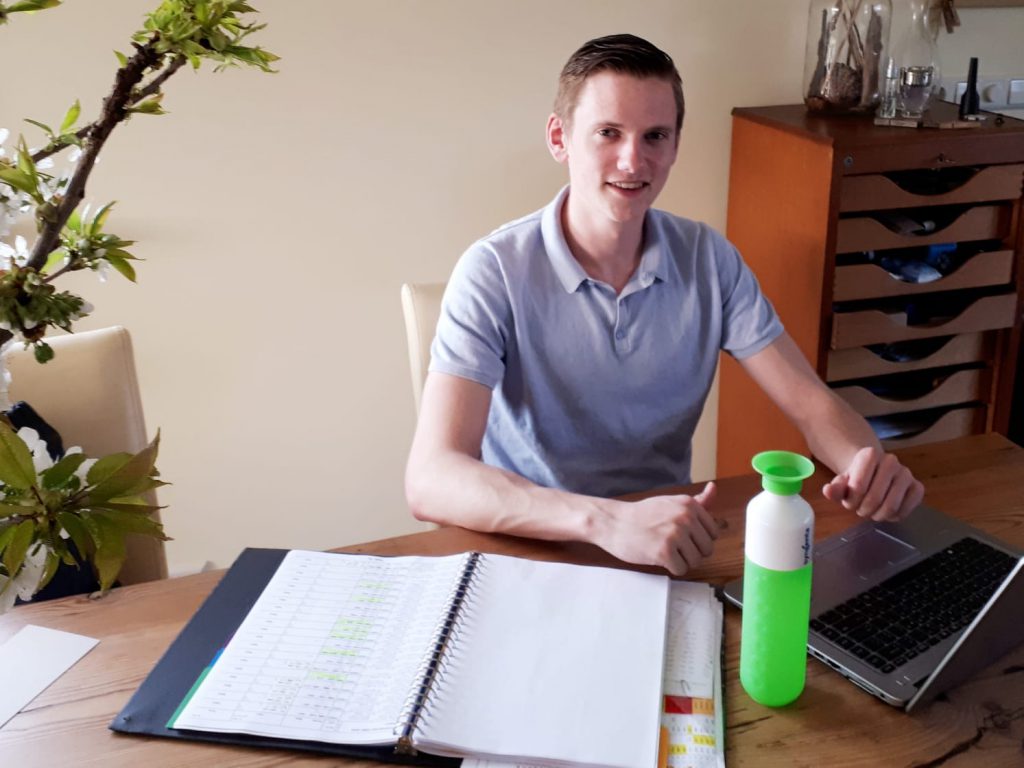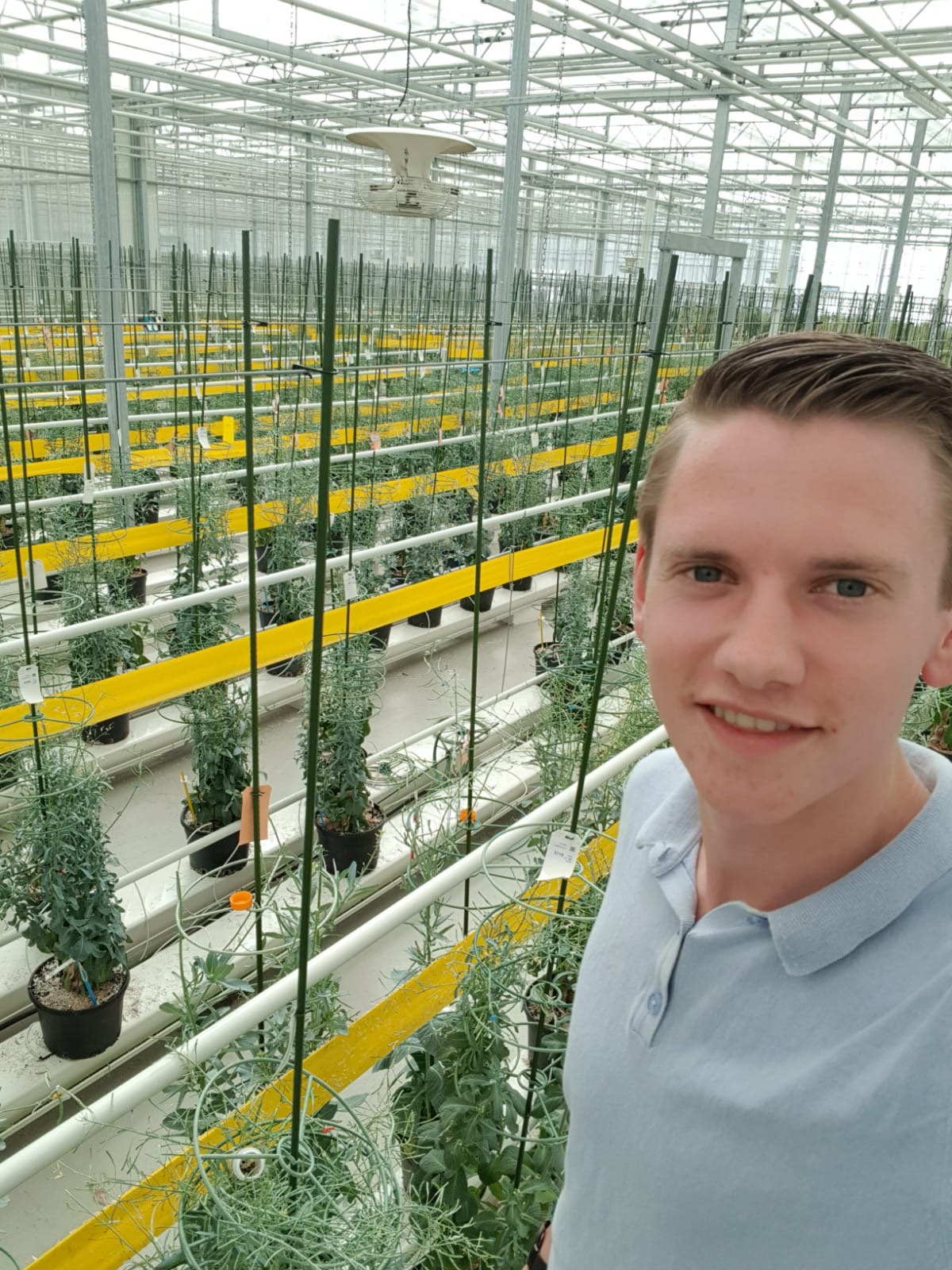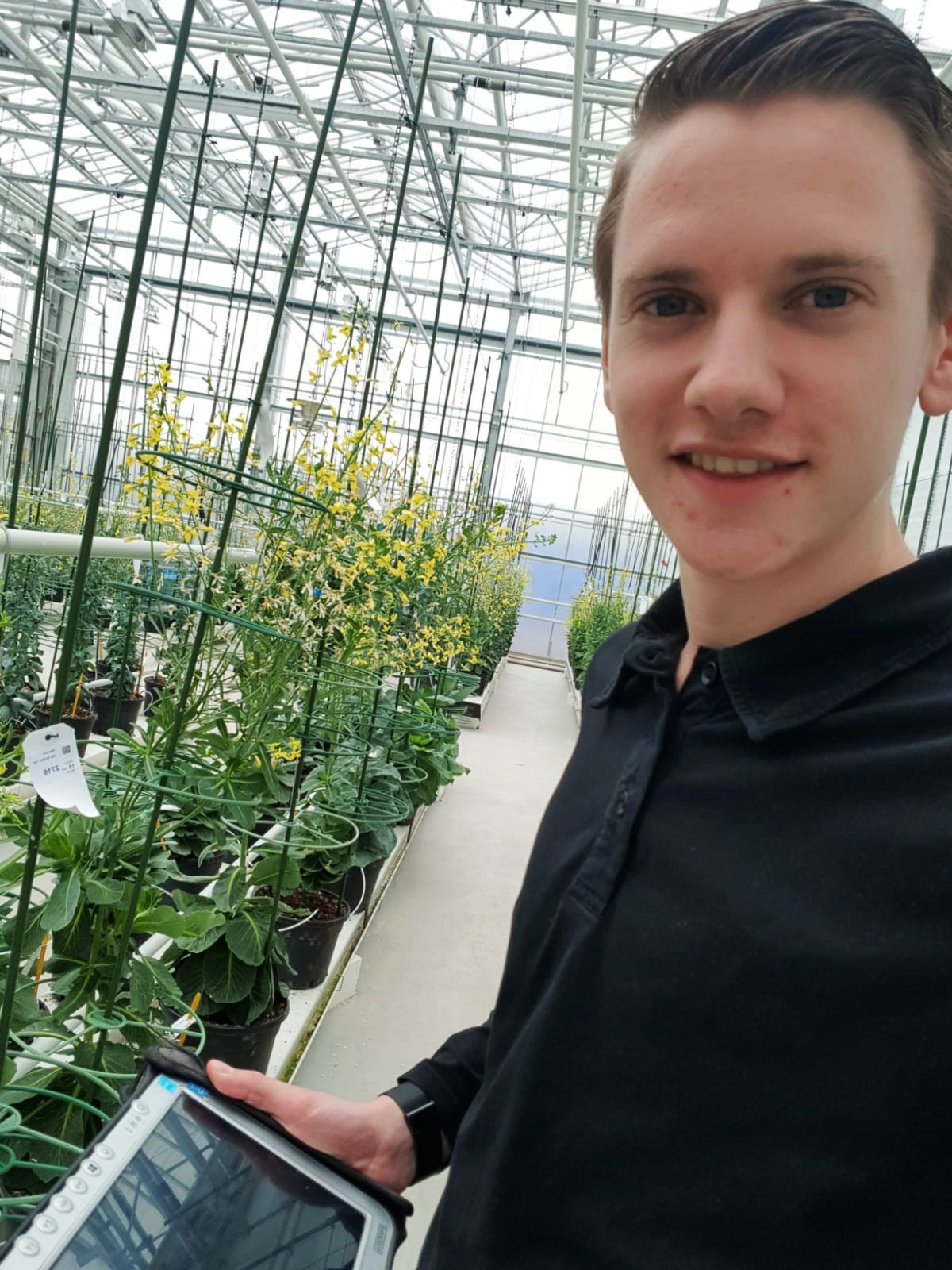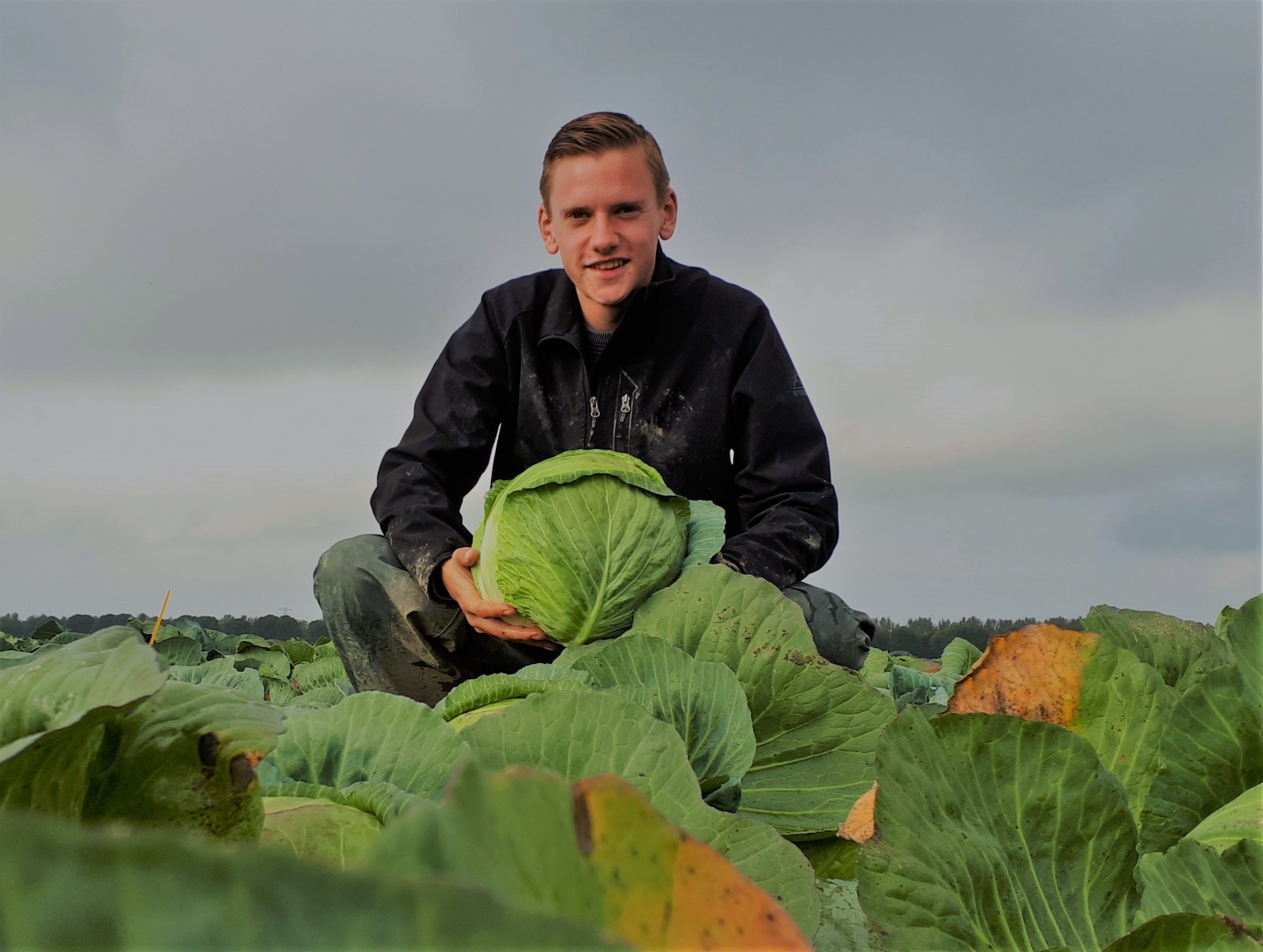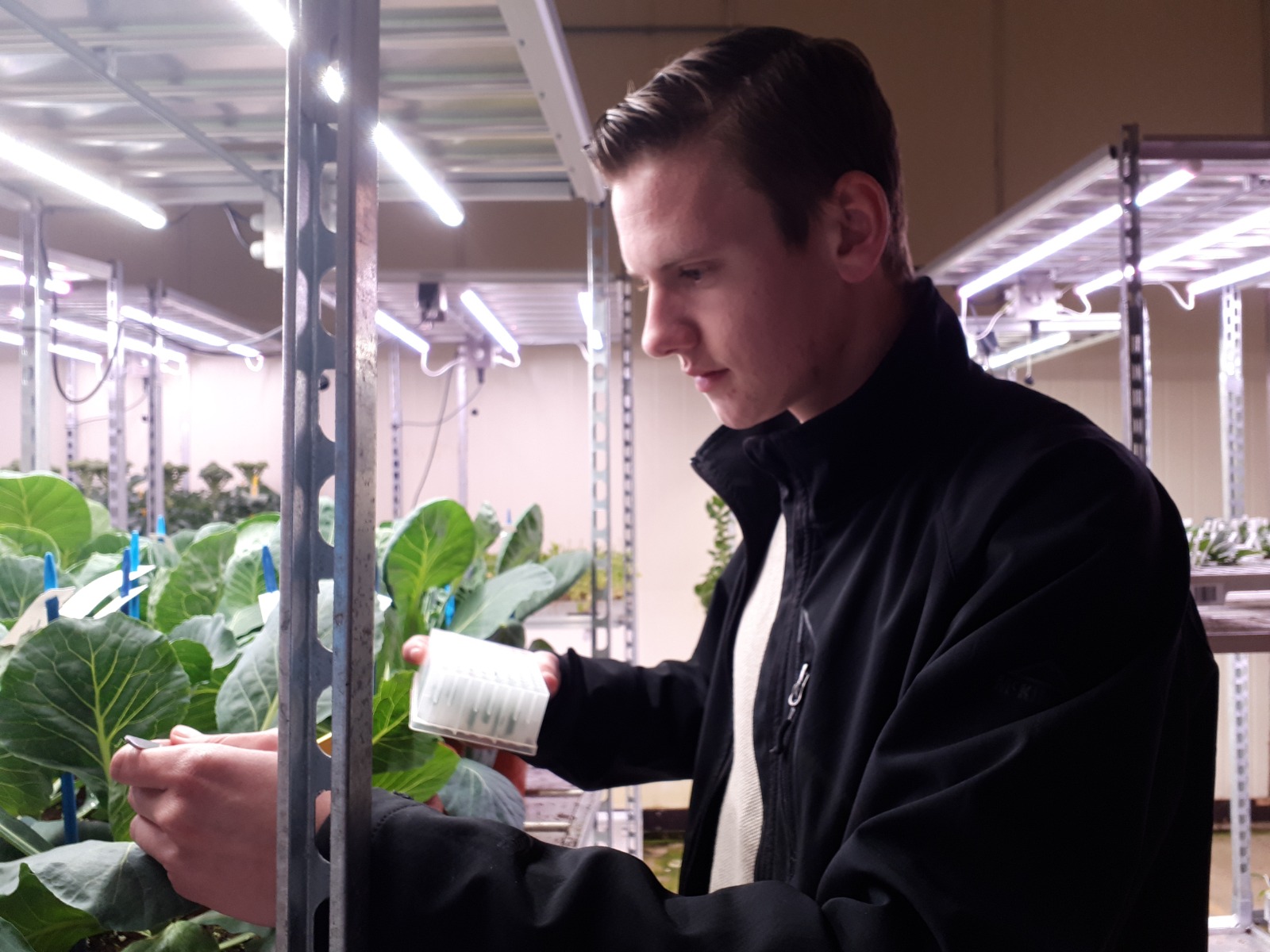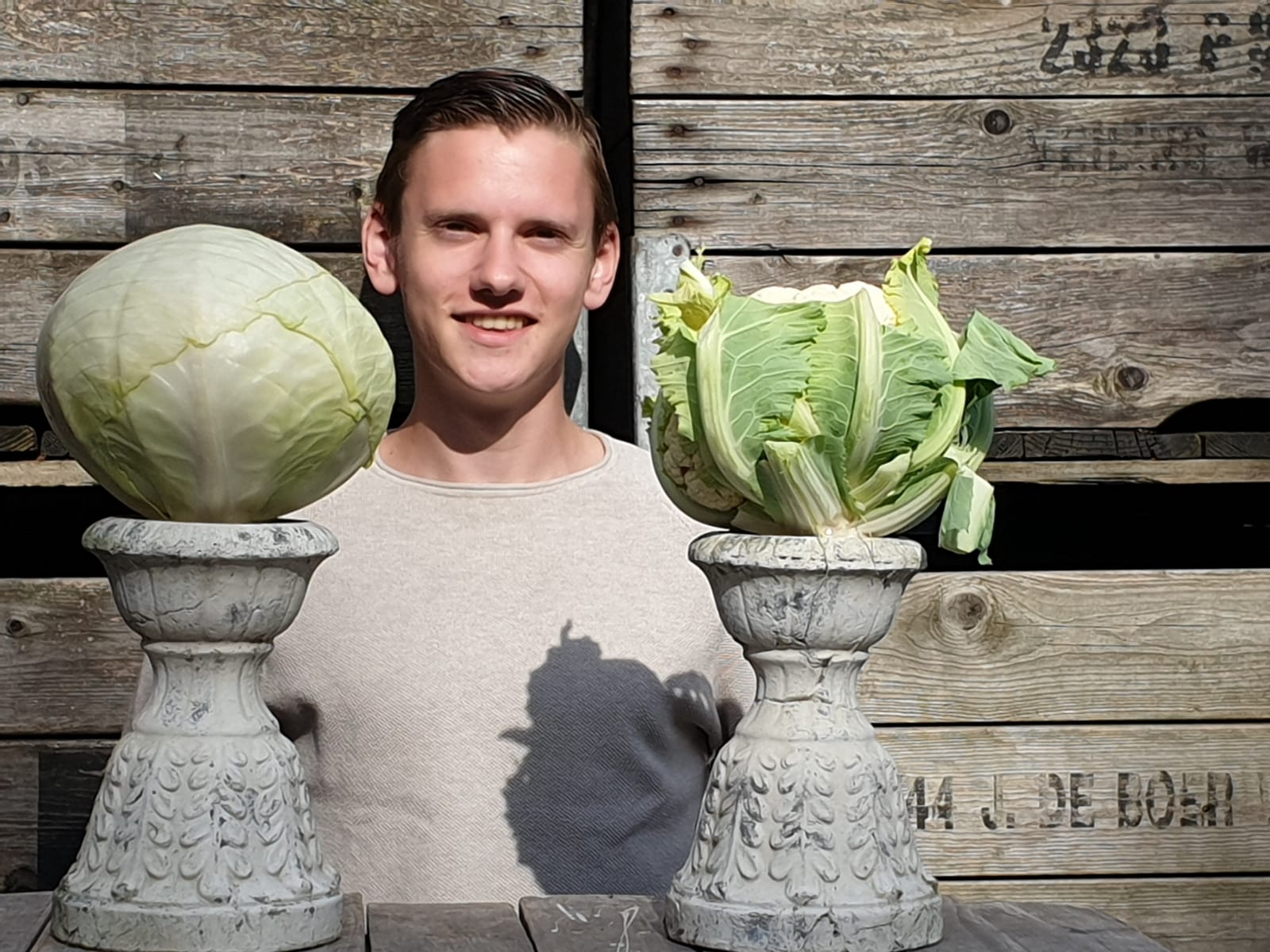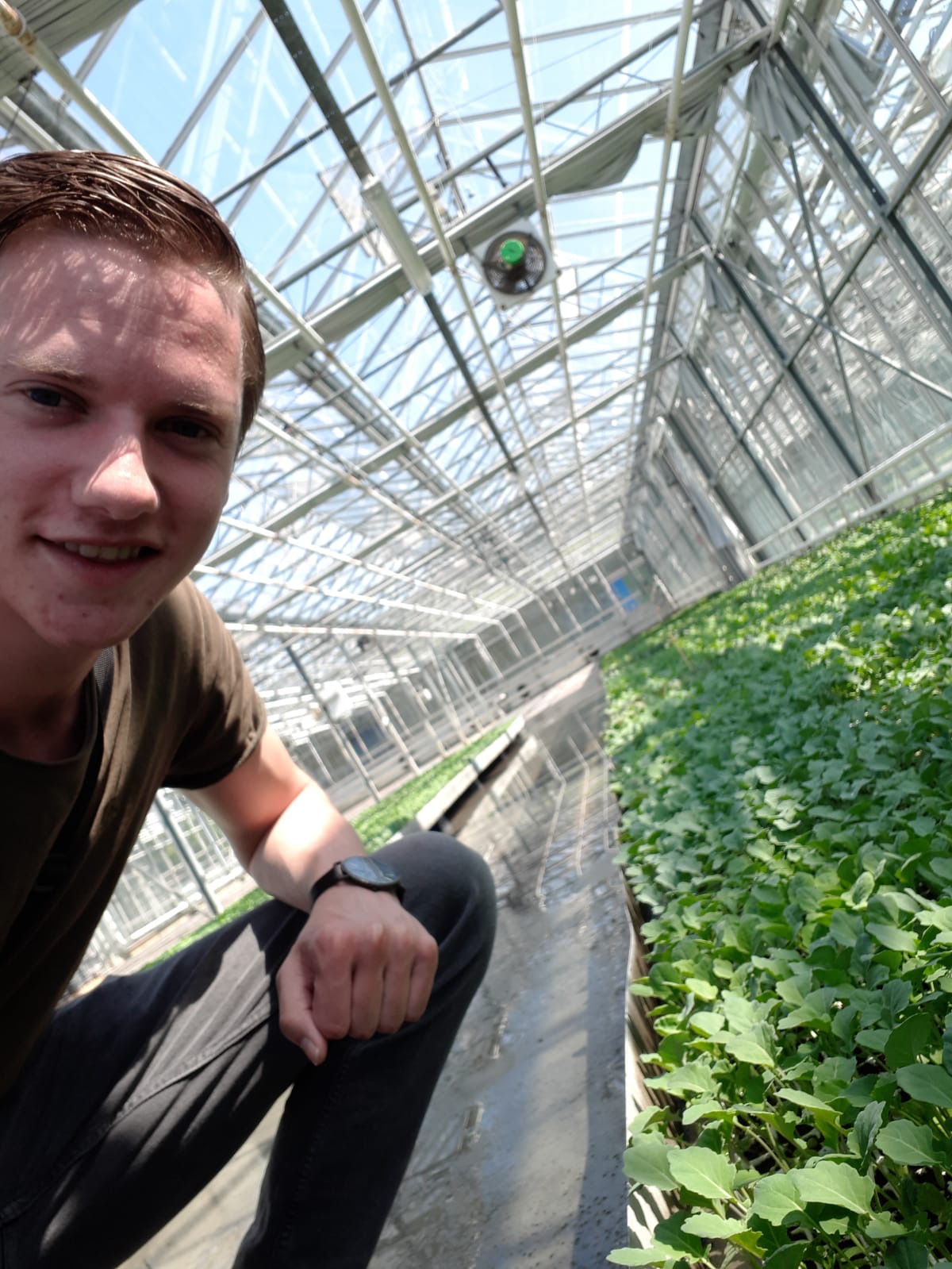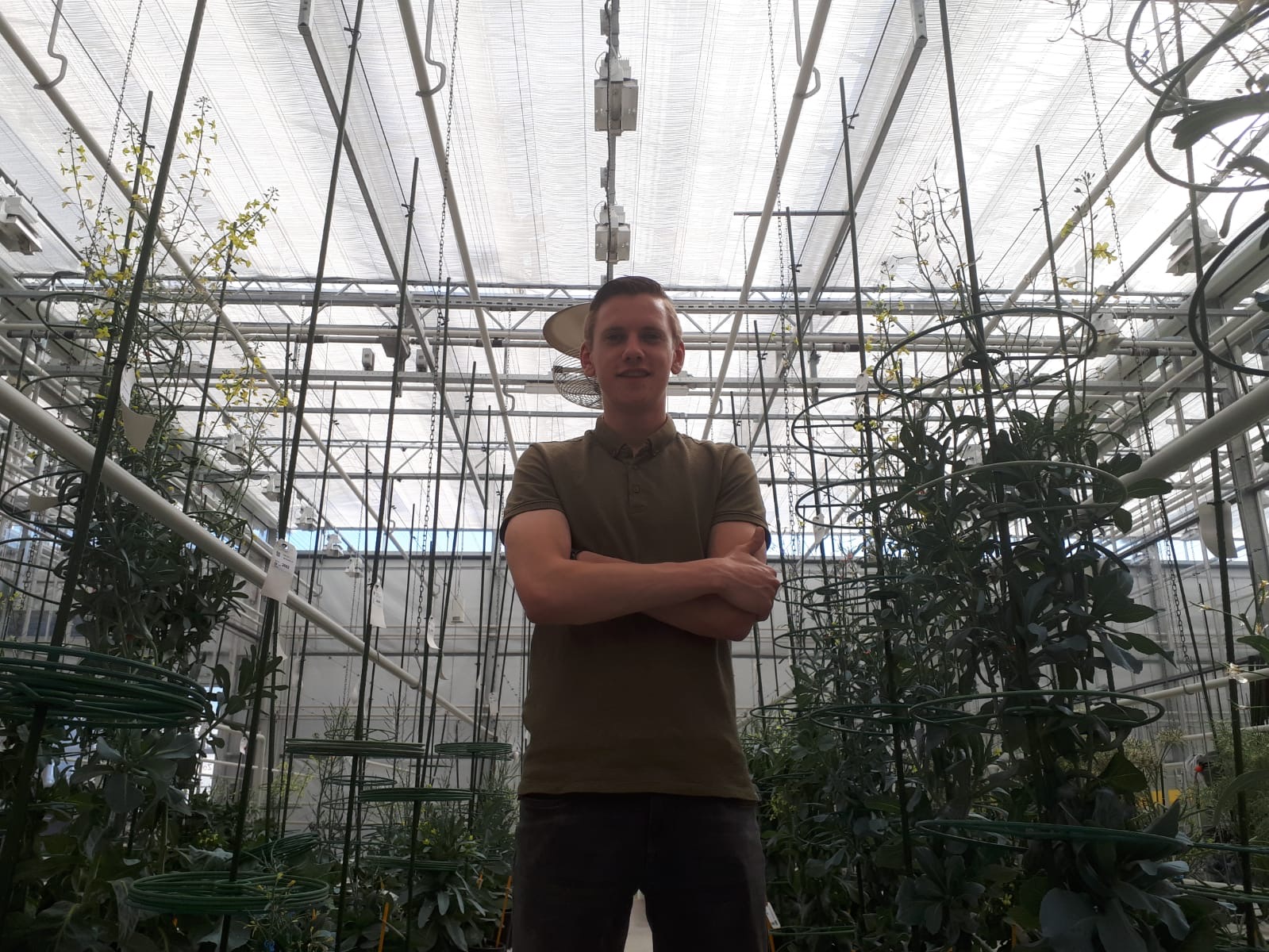In #theweekof, we get to have a look within the workweek of young professionals in Seed Valley.
Jan is an assistant breeder of headed cabbages at Syngenta Nederland. He supports the head breeder, especially in logistics and administrative areas. He sends samples to the lab, and he has daily contact with colleagues in the greenhouse to check on the progress of trials. Great: because he has a coordinating role, he speaks to many colleagues daily. Check the workweek of Jan!
Monday – 09:00 am
Yes, the start of my work week! Usually, I would be working at the site in Enkhuizen, but I’m currently working remotely as much as possible. I am working on registering the thousands of crossings we have made this season. ? This way, my colleagues and I know exactly which plant has been pollinated with another plant.
Monday – 03:00 pm
I’m not at home all day; I’m also paying a visit to the greenhouse. Usually, I’m either on the field or in the greenhouse, most of my time at work. Despite my completed biotechnology studies, I am hardly in the lab. I don’t miss it. I like to work with physical products.
Tuesday – 10:00 am
Good morning! The day starts with a tour through the greenhouse. On the tablet, I keep track of the properties of the flowering white cabbages. Bloom is one of the essential features of finding suitable parent lines. Without the right amount of bloom, plants are more challenging to cross, and it is more challenging to produce hybrid seeds.
Tuesday – 4:00 pm
Visiting the fields. This cabbage is enormous! ? One of the best things about my job is that I am one of the first to see the product on the field, while it’s not sure whether it will be in store. That means I’ve seen a fair deal of cabbages already.
Wednesday – 12:00 pm
My colleagues usually take most samples. But today I will be taking samples myself. These go the marker lab in Toulouse. Here, the samples are tested for multiple disease resistance genes. Resistance is important: healthy plants increase the yield.
Wednesday – 6:00 pm
This is what they should look like when they enter the store! ? On the left, you see the Storidor, a Syngenta variety. This white cabbage is a storage cabbage; you can store it for longer than six months. On the right, you see a winter cauliflower.
Thursday – 11:00 am
On my way to Zeewolde. Here you see the plants that will soon be moved to the fields. The plants are still on sowing trays, so that we can assess the germination.
Thursday – 4:00 pm
Arrived in Zeewolde. As you can see, the germination is perfect: all plants have grown uniformly. These seedlings will soon go outside to harden up. This means that young plants will get used to the outdoors. This makes them stronger so that the transition from the greenhouse to the field climate is not huge.
Friday – 10:00 am
Busy bees in here! The bees ensure that the pollen from one plant moves onto the pistil of the other plant. This a daily job for our bees. So basically, they can also be seen as my colleagues. ? In this case, it concerns the seed production of a potential new variety. Seeds that are produced here are distributed to multiple test locations.
Friday – 5:00 pm
This was a short overview of my workweek. Usually, I work together with another assistant breeder and the breeder, but due to current situations, we only see each other digitally. The breeding team is completed by colleagues in Hungary, China, and India! Hopefully, we’ll be back to normal circumstances soon.
Together we contribute to a healthy and flowering world. We’re constantly facing new challenges, and I work on the solutions. What will you do?
Vacancies and internships


